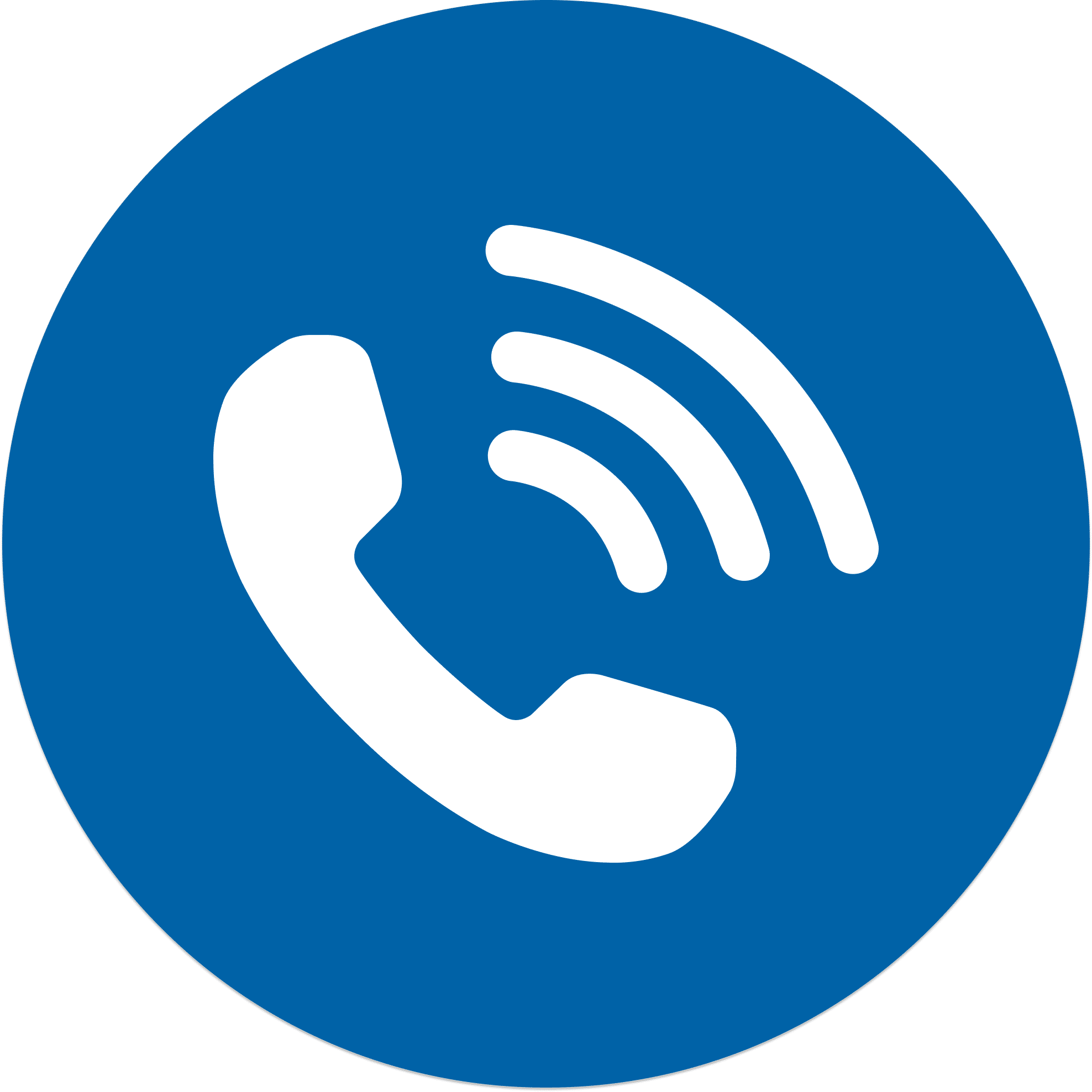Whether you suffer from sporadic or incessant eye twitching, you know how frustrating it is to deal with. It interrupts your daily routine and leaves you wondering what’s happening beneath the surface.
We’re here to put your mind at ease by helping you understand what eye twitching is, what causes it, and how to alleviate it. Keep reading to learn more about this common eye condition.
What Is Eye Twitching?
Eye twitching is characterized by uncontrollable eyelid spasms. These spasms typically subside after a few minutes but can last longer in some cases. The good news is that eye twitching is highly treatable and preventable.
3 Types of Eye Twitching
Below are the three main types of eye twitches you could experience.
Myokymia
Myokymia is the most common type of eye twitch and is often associated with stress, fatigue, and excess caffeine consumption. It can affect both the top and bottom portions of the eyelid but doesn’t usually affect them simultaneously. Myokymia typically goes away on its own within a few minutes. It can be difficult to detect because the spasms aren’t always noticeable.
Benign Essential blepharospasm
Benign essential blepharospasm is an uncommon type of eye twitch but can be severe and affect various aspects of one’s life. While its cause is unknown, it’s characterized by increased blinking in both eyes. In the worst cases, it may cause the eyelids to shut completely.
Hemifacial Spasms
Hemifacial spasms impact the muscles on one side of the face, including the eyelid. Twitching may start in the eye and gradually move to other facial muscles. This type of eye twitch is caused by a blood vessel pressing against a nerve in the face.
What Causes Eye Twitching?
Now you know the different types of eye twitching, but you might still be wondering what causes your eye to twitch. Studies have shown that stress is the #1 cause of eye twitching. Below are four additional reasons why your eye keeps twitching.
- Fatigue: A significant lack of sleep can cause stress, which may trigger the eye to twitch.
- Eye strain: Computers, mobile phones, and other digital devices emit LED light that—when consumed in large amounts—strains the eye. This eye strain can cause twitching.
- Diet: Excess consumption of caffeine and alcohol, as well as a lack of magnesium in the body, can trigger eye twitching.
- Dry eye: People who use computers and other digital devices for more than two hours at a time often suffer from dry eye. The LED light emitted by these devices, combined with a lack of blinking, can initiate twitching. Certain medications, wearing contacts, and excess caffeine consumption can also cause dry eye, which leads to eye twitching.
5 Ways to Stop Eyelid Twitching
Here’s a breakdown of our top tips for stopping and preventing eye twitching.
Reduce Stress Levels
Whether it’s by practicing mindful breathing exercises, being more active, or carving out more downtime in your daily routine, reducing your stress levels is the best way to eliminate eye twitching.
Get Better Sleep
The more sleep you get, the less likely you are to get eye twitches. Following a healthy sleep schedule will reduce fatigue that causes eye twitching.
Limit Technology Use
Reduce the amount of time you spend on digital devices like computers and smartphones to reduce your exposure to LED light. Wear blue light glasses when you do use digital devices to protect your eyes from the LED light emitted by these devices. You can also practice the 20-20-20 method: for every 20 minutes spent on a digital device, take 20 seconds to look at an object 20 feet away. These simple habits will reduce digital eye strain, which will reduce eye twitches.
Implement Diet Changes and Magnesium for Eye Twitching
Reduce your intake of alcohol and caffeinated drinks like coffee, tea, and soda. We also recommend eating foods that are rich in magnesium:
- Dark leafy greens
- Whole grains
- Oat bran
- Low-fat milk and yogurt
- Almonds and cashews
- Seeds
- Dried beans, like baked beans, lentils, and peanuts
Treat Dry Eye Symptoms
Limiting your use of digital devices will naturally alleviate dry eye symptoms. Other ways you can improve dry eye include using over-the-counter eye drops to moisten the eyes and taking allergy medication to reduce symptoms like redness, itchiness, and swelling. Avoid rubbing your eyes when they become dry or irritated. Rubbing them can spread the allergens across the eye’s surface and exacerbate dry eye symptoms that cause eye twitching.
Contact a Cleveland Eye Clinic Doctor About Your Eye Twitch
If you need a better solution to the dry eye symptoms that cause your eyes to twitch, our vision specialists are here to help. Our state-of-the-art ophthalmic practice serves patients throughout the state of Ohio with advanced eye care technology and comprehensive vision services. With patient care as their top priority, you can trust our doctors to help you reach your full vision potential.








